Even though we’ve been planting natives for a number of years, we don’t have a yard that’s 100% native. It’s generally recommended that people aim for at least 75% native, and we’re well beyond that percentage by now — I would guess more than 90% of our total biomass.
And any new plant we get is always a native species, so we’re always increasing our percentage of natives.
“No pest problems” an advantage?
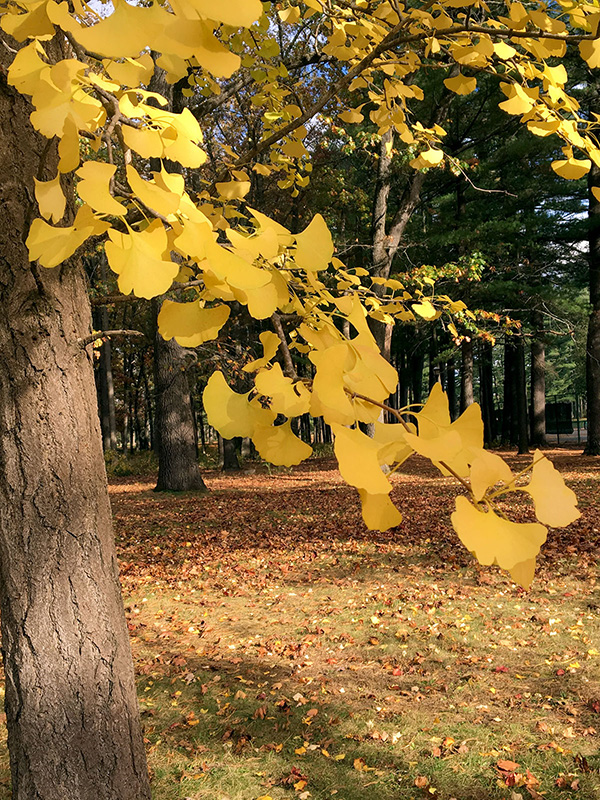
We’ve heard people recommend plants such as gingko (such as the one pictured that I saw in a Saratoga NY park) since they “aren’t bothered by pests.” Really?
It’s true that they “aren’t bothered by pests” but that’s the same as saying that it doesn’t support any life.
Might as well save the effort of planting a tree and install a plastic one instead!
We have a few non-native plants
Why do we still have non-native plants when we believe that natives are the most appropriate?
First, it’s expensive to buy enough plants for an entire yard all at once (and we don’t collect plants from the wild!), and it would be a lot of work to replace everything at once.
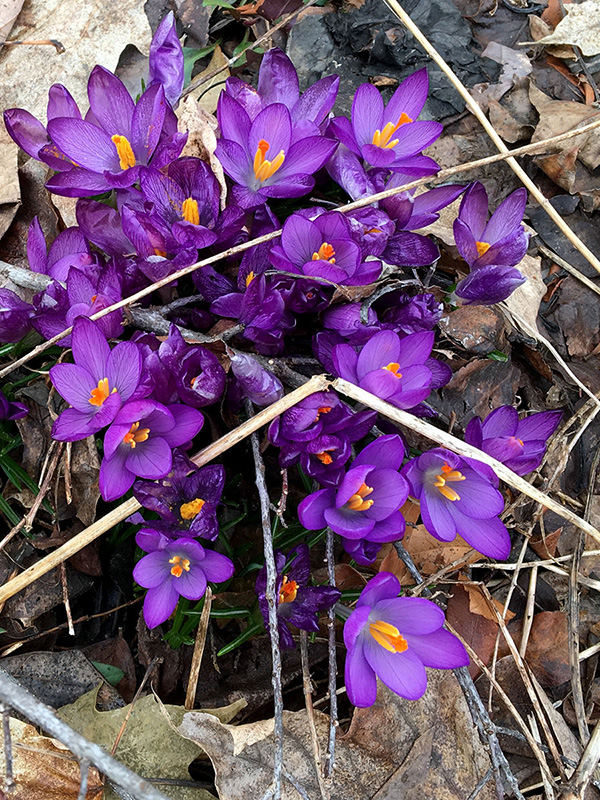
Some are remnants from the past, such as a few crocus plants and some daffodils. (However, I’m continuing to pull up daffodils since they seem to spread, and their dying foliage hangs around too long after they bloom.)
Some heirloom plants, such as sedum or a crocus here or there, don’t cause any problems and are good sources of nectar.
The sedums are strategically useful along the road. They’re attractive, neat in habit, and, most important, don’t seem to be bothered by road salt!
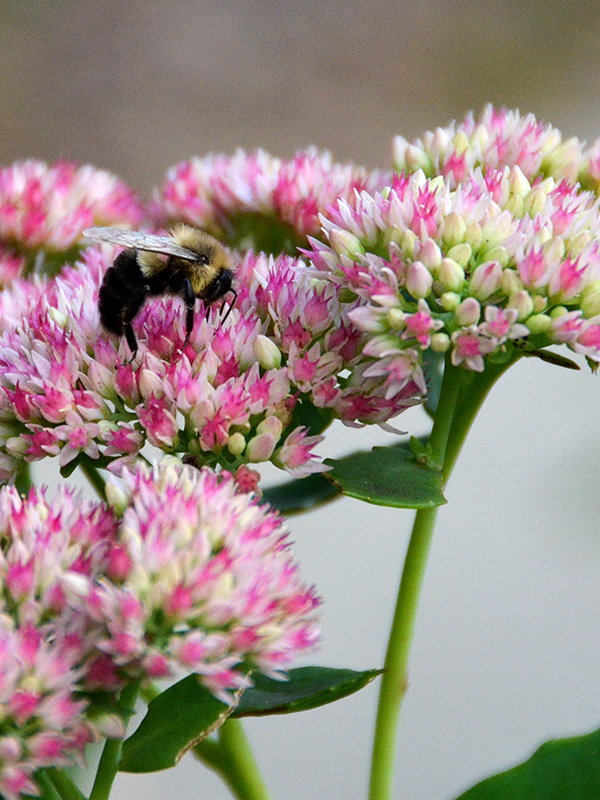
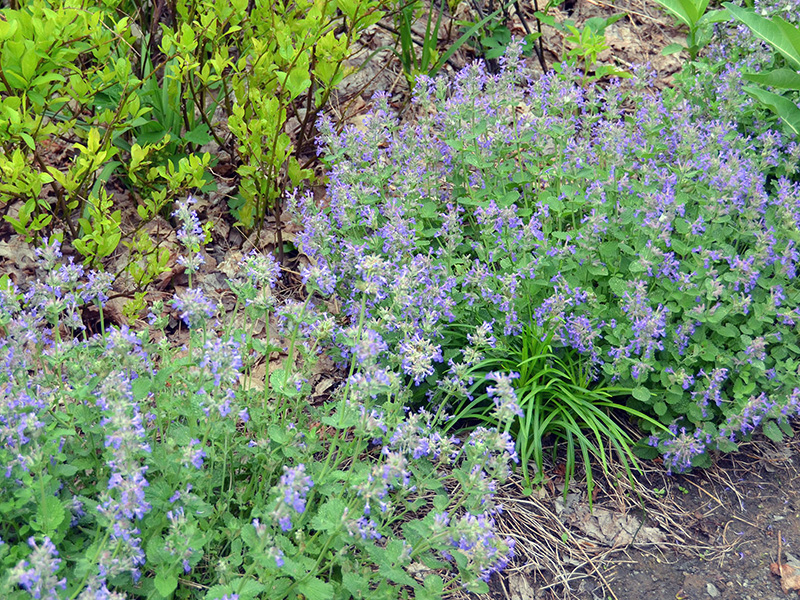
We also have the nectar-rich and apparently salt-tolerant nepata along the road (pictured) — or I should say now near the road since the town narrowed (yes, narrowed!) our side road significantly a few years ago. They’re now about 2 feet from the road.
We got rid of these
Even though they aren’t considered “invasive,” we got rid of non-natives that are over-used in general and that don’t have much habitat value for the space they take up.
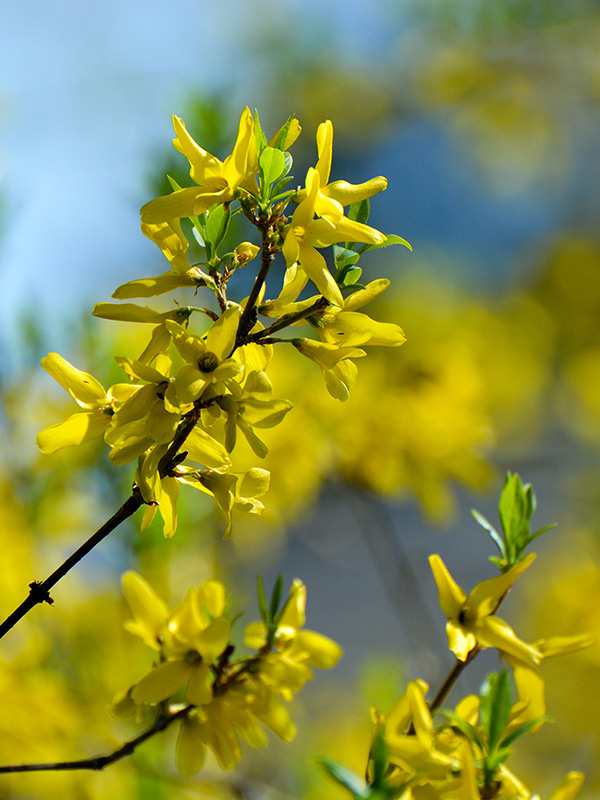
We put forsythia and lilacs in this category, and we got rid of those long ago.
I’ve heard forsythia playfully described as “the yellow vomit of spring” since it’s ornamental only for a few weeks and provides no food to any creature or much cover. A totally useless plant!
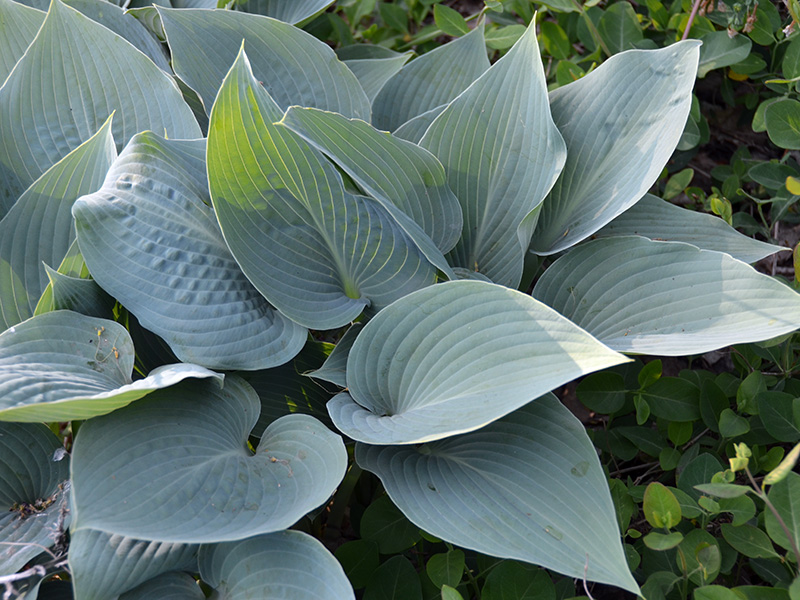
We used to have a lot of hosta, but I have composted my collection of those “named” (and expensive!) varieties I had been so fond of.
A constant battle against these
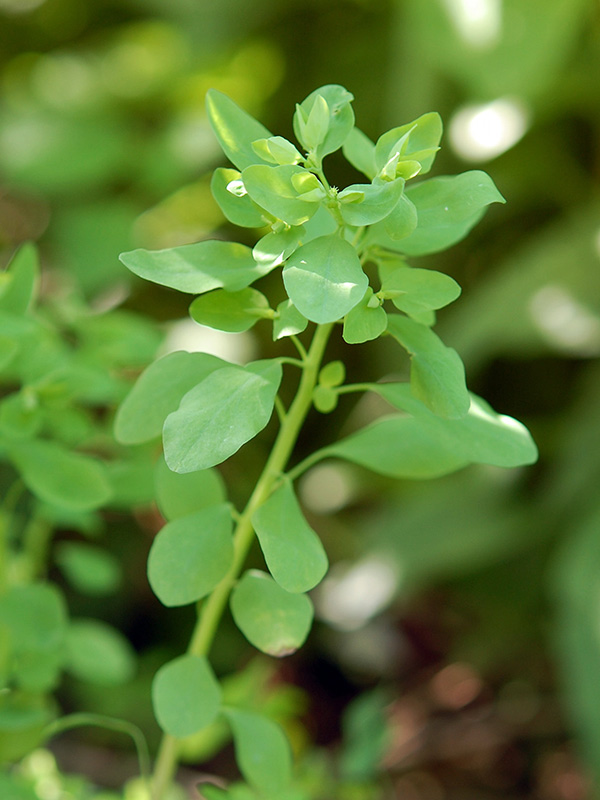
Although petty spurge (Euphorbia peplus) isn’t one of the “official” non-native invasives that is of ecological importance, it’s not native and it does definitely invade my yard.
It’s the bane of my existence, though more of an annoyance than a real threat to my habitat.
The “flowers” are shown in the top part of the larger plant.
We don’t tolerate these
The non-natives we don’t tolerate are the invasive ones because they’re a problem in the world beyond my yard.
Resources
- The Web of Life:
- Wildlife food and non-native plants – by Beatriz Moisset, author of Bee Basics (.pdf version available as free download)
- Nat’l Wildlife Fed’n:
- Nonnative plants – Ecological Traps – offering alluring habitat for songbirds, exotic plants may actually decrease the animals’ long-term survival and fitness
- NY Times:
Reflections
Each region has suites of vegetation that can tolerate the most difficult conditions: drought flood, sand, clay, sun, wind, sterility. Roots penetrate the ground, improving the drainage where the soil is water-logged, increasing water retention where the soil dries too quickly. Leaves convert soil minerals to organic matter — compost the ground, make it looser, richer, moister. Ultimately species that could have thrived in the original harsh conditions begin to grow in the protective shade of this nursery, and gradually a more permanent community replaces the pioneers. … The land will mature, become more productive and rich in its diversity. This is not true of unnatural plantings. Merely decorative plants merely grow. In time they grow too big, or they die; then someone takes them out and redecorates with others. Nothing else happens. There is no evolution. There is no profit set aside for the future because, for all the money spent, there has been no investment in the land.
~ Sara Stein, Planting Noah’s Garden, pp. 58-59
Let us not be seduced by the fact that some introduced plants are used by wildlife. Normally, the natives do that job a lot better, plus they provide countless other services to the ecosystem. We are barely beginning to understand the very complex interactions between all the members of a living community. It is becoming apparent that most of them are missing when we mix organisms from all sorts of places.
~ Beatriz Moisset
